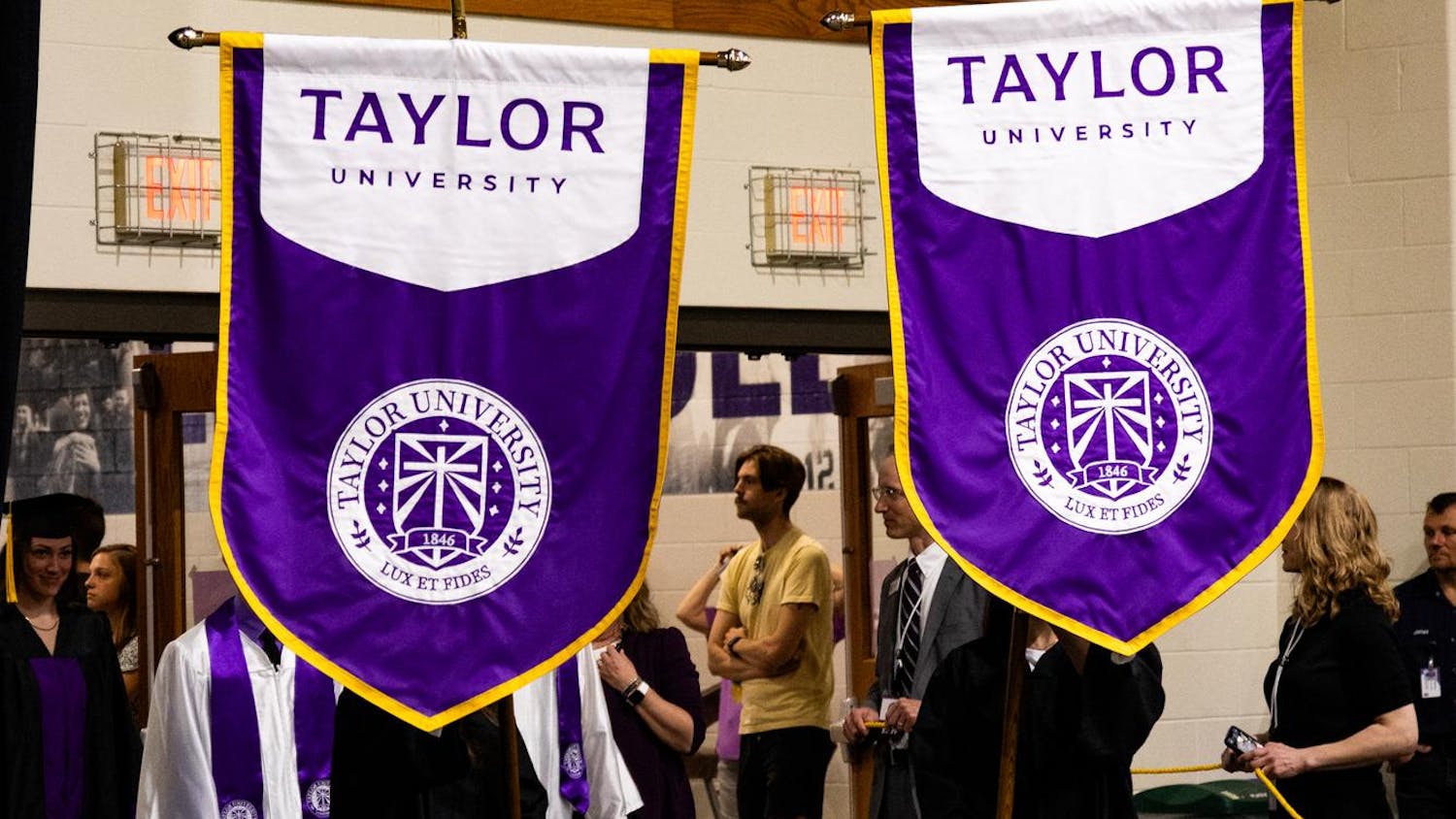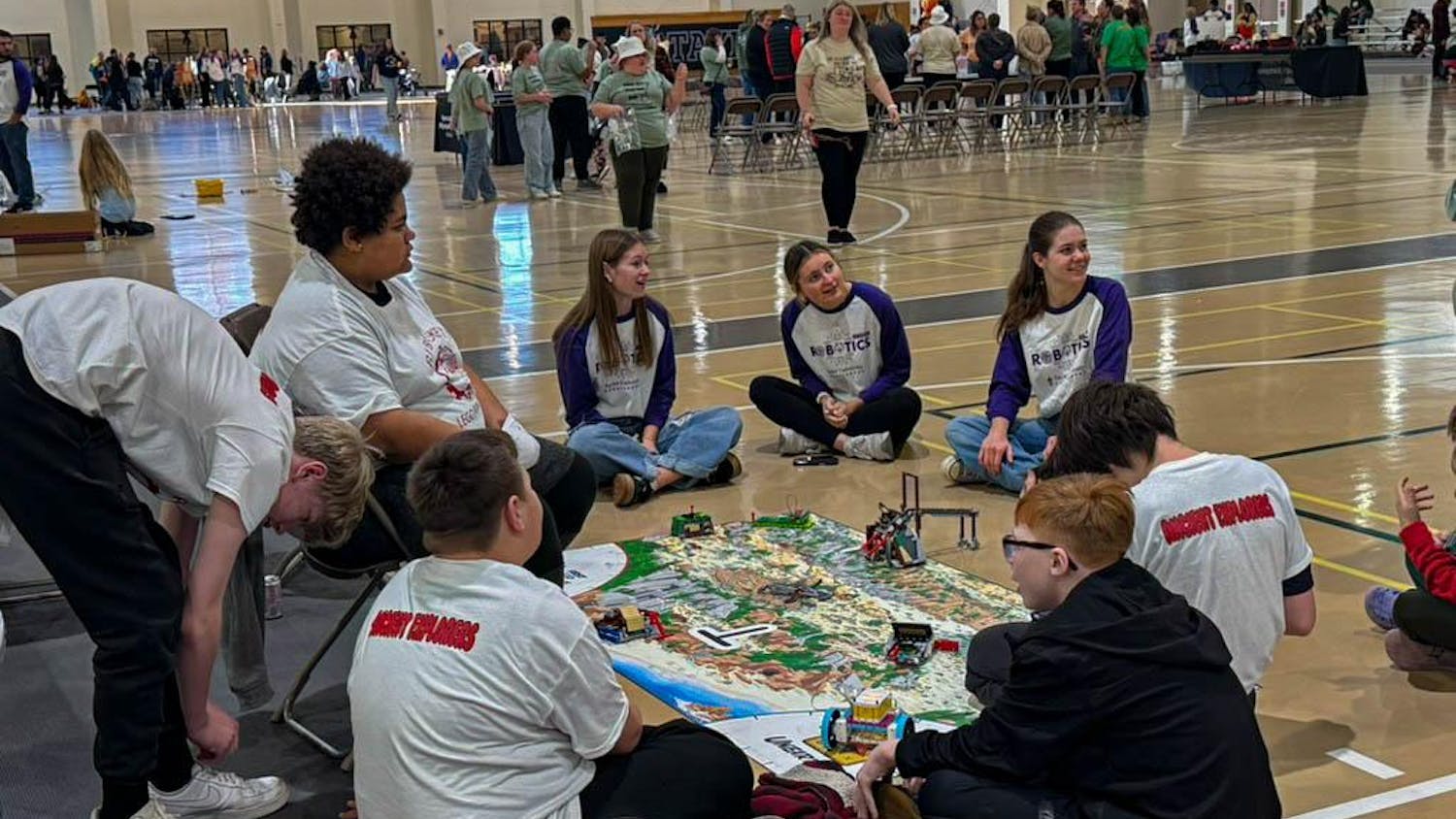On May 27, students started a 10-day trip to Iceland for a science credit and a fun lifelong memory.
The students visited a glacier, waterfalls, concurrent and deserted towns and communities, beaches and the homes of locals. The group did this while learning about Iceland’s special landscape and the people who live there.
“We looked at different types of rock formations and stuff like that,” senior English major Emily Hartman said. “For the geology trip, we learned about lava flow and went to a few lava eruptions that had happened years prior.”
Sophomore engineering major Kate DeKruyter explained that Iceland is the only large and inhabited island wedged between two tectonic plates, giving the island considerable earthquake and volcanic activity.
She also said Iceland’s location and volcanic and earthquake activity give it a distinctive geological makeup and easy access to geothermal, wind and hydroelectric power.
"100% of Iceland's energy comes from renewable sources,” DeKruyter said. “So it's like 70% hydroelectric power and 30% geothermal power."
During the trip, the students were told to keep a journal on them and write down their takeaways, learning moments and highlights for each day.
The students bonded over journaling and took time reflecting on the events of the trip. Some students even set aside a time where they could all gather and journal together.
“At the end of the day, I'd spend two, three hours just writing down everything that happened,” DeKruyter said. "Bringing a journal and being willing to write down everything that happens and taking lots of pictures were the main things I was really grateful that I did, because that would last a long time."
The students also spent time with locals by listening to stories, visiting their homes, traveling with them and enjoying Icelandic food, which often consists of seafood, bread, lamb and skyr.
One of Hartman’s most memorable interactions was when her group’s tour guide brought them to her childhood home and her parents offered the group coffee and rhubarb cake made from ingredients they had grown in their backyard.
Following this, the tour guide led the group to the backyard where the group refilled their water bottles under a clean waterfall.
“It kind of felt like hanging out with long-distance friends that you haven’t seen in a while,” Hartman said.
Iceland was also a time for students to feel closer to God’s creation. The country is known for being visually stunning with its waterfalls, glaciers and volcanic landscape.
During the summer the country is exposed to what is called midnight sun, where the sun never fully sets. Into the late hours of the night and the early morning, there is a golden light rather than darkness.
During the winter months, the country has polar light, which means they have few hours of sunlight.
"Half the year the sun doesn't rise, it's just dark,” DeKruyter said. “They said it's actually one of the best times of the year because there are no tourists. It's just us and our families and our friends."
The country’s renewable energy, terrain, community dynamics, political systems, traditions and culture make for an experience that everyone can enjoy and learn from despite their travel experience or major.
Taylor trips to Iceland and other countries offer memorable educational experiences for people who want a more adventurous and hands-on learning experience. It also provides a new perspective for the communities in the United States and in Iceland.
"The fresh perspective that I got from leaving the country and coming back made me realize how much I can be enjoying just as well here as I did there," DeKruyter said.




